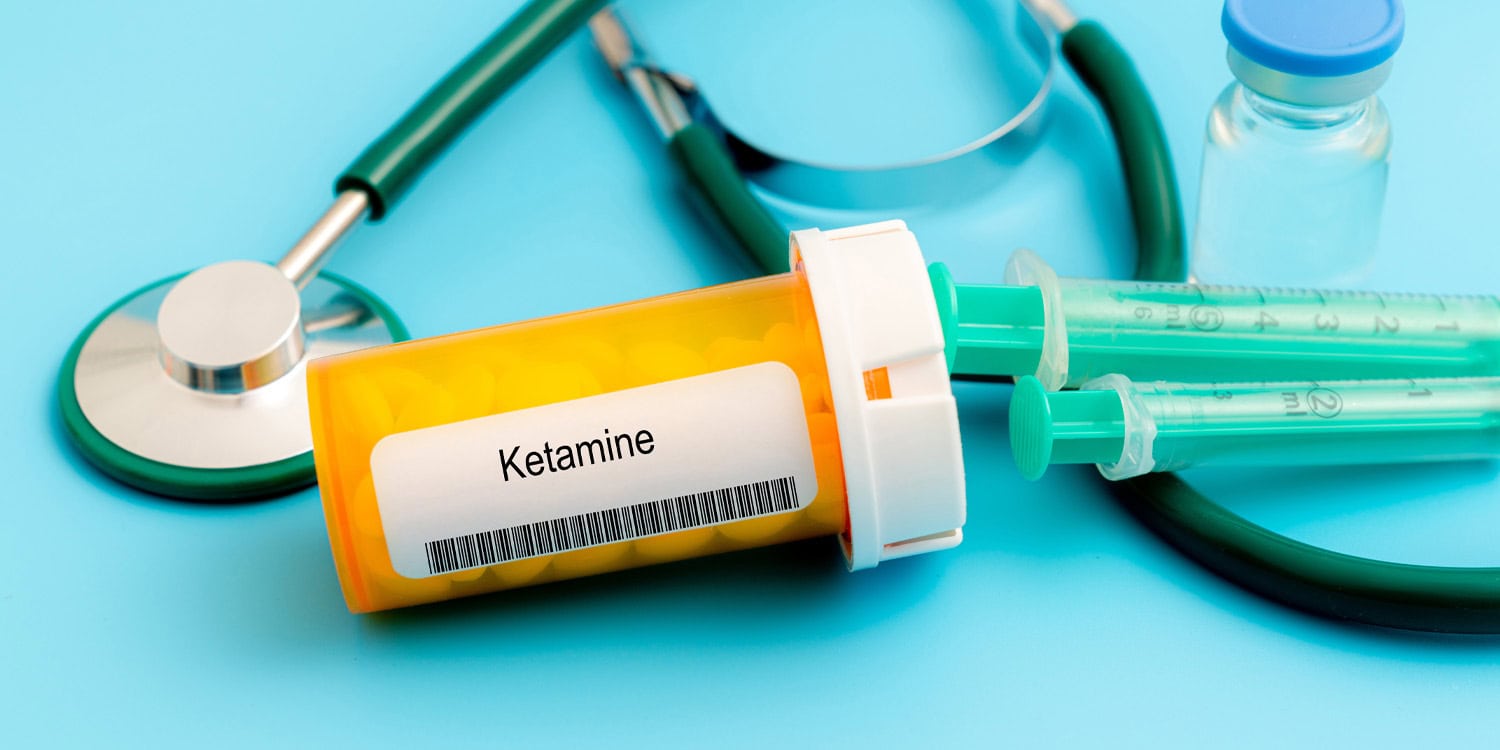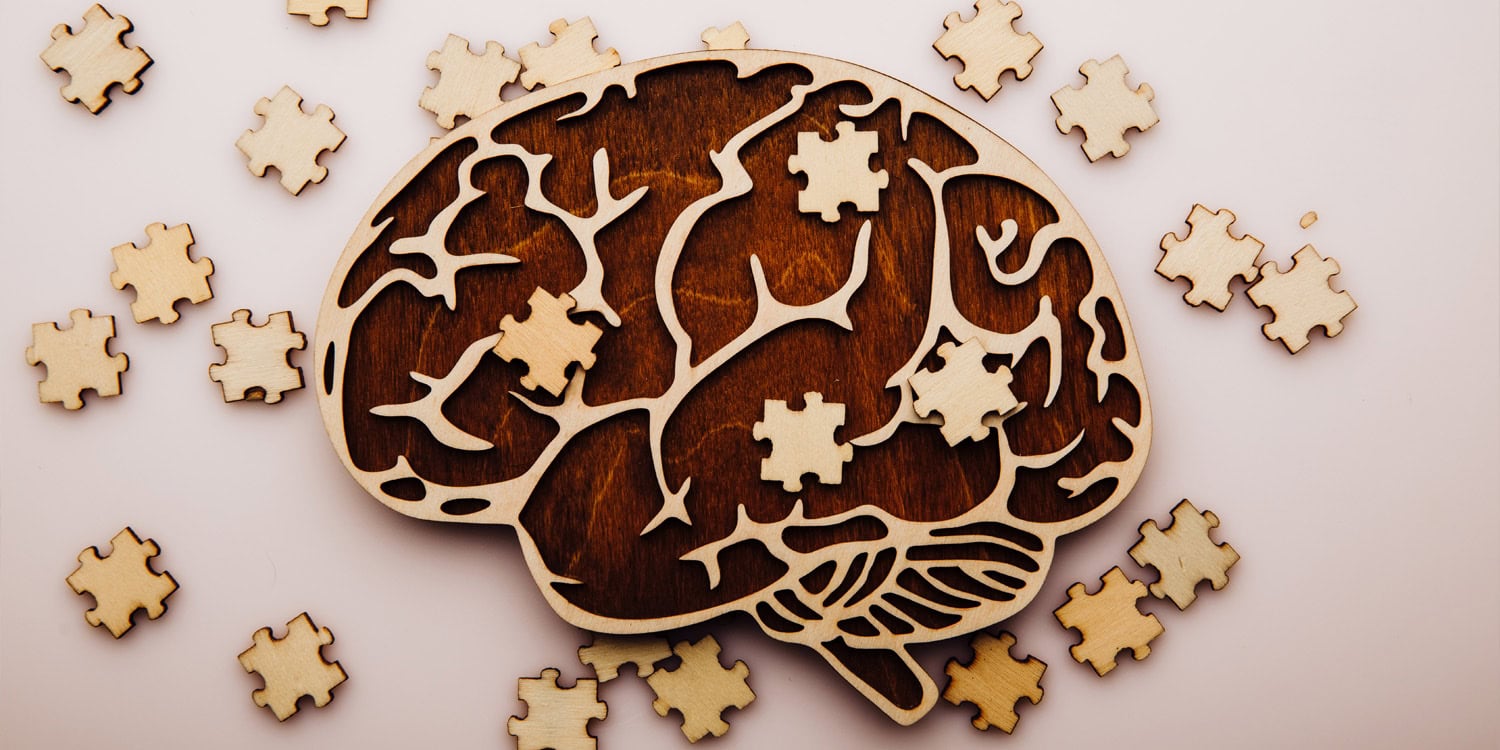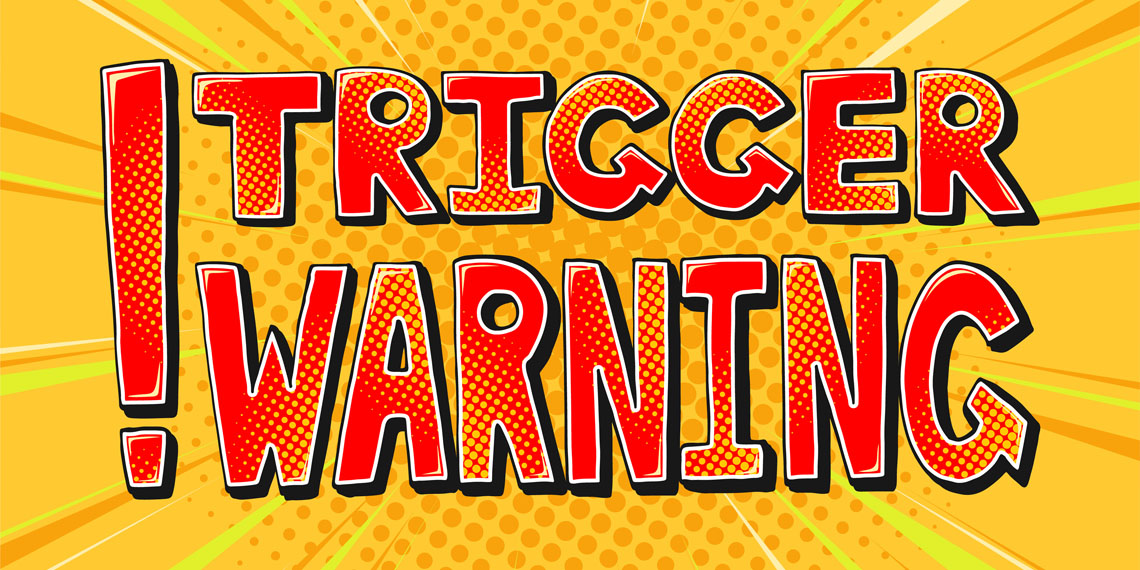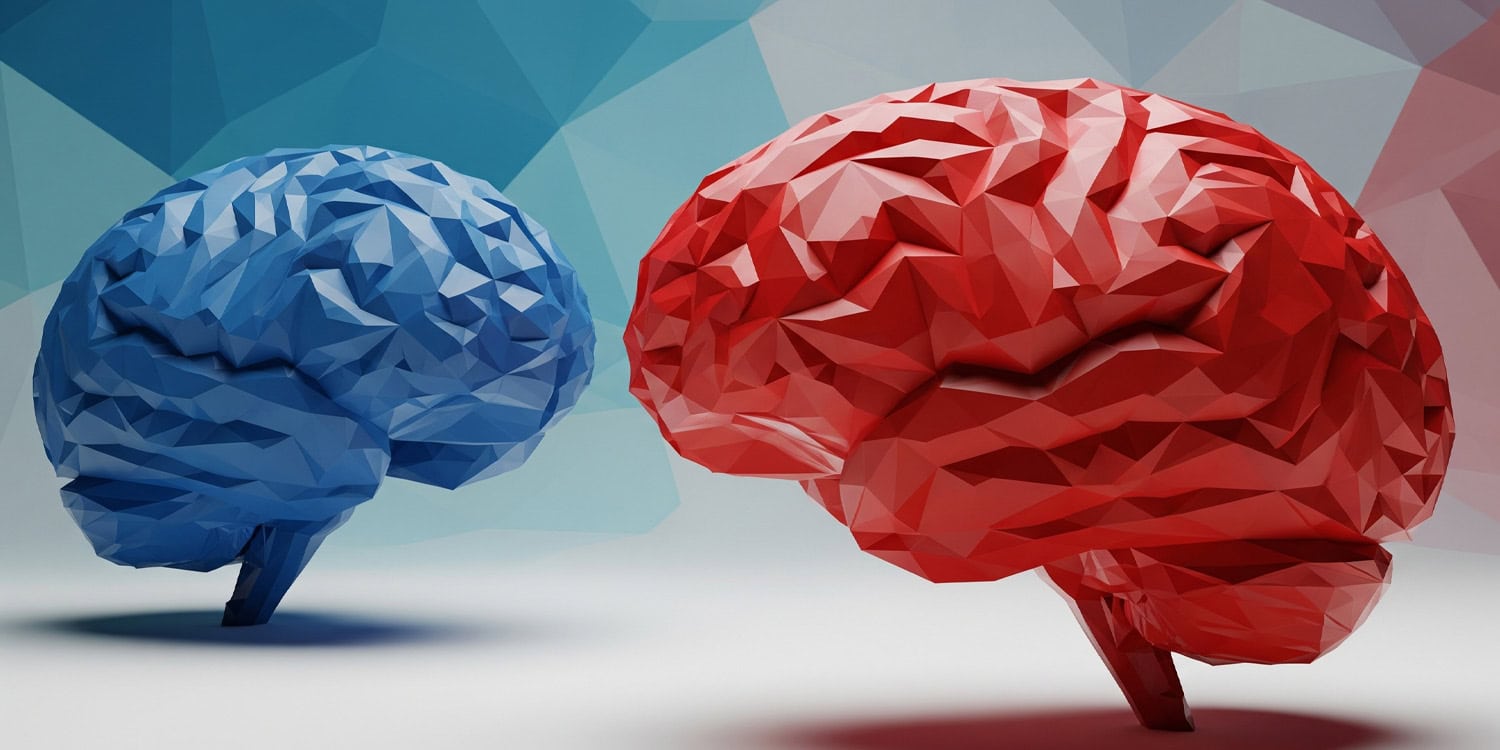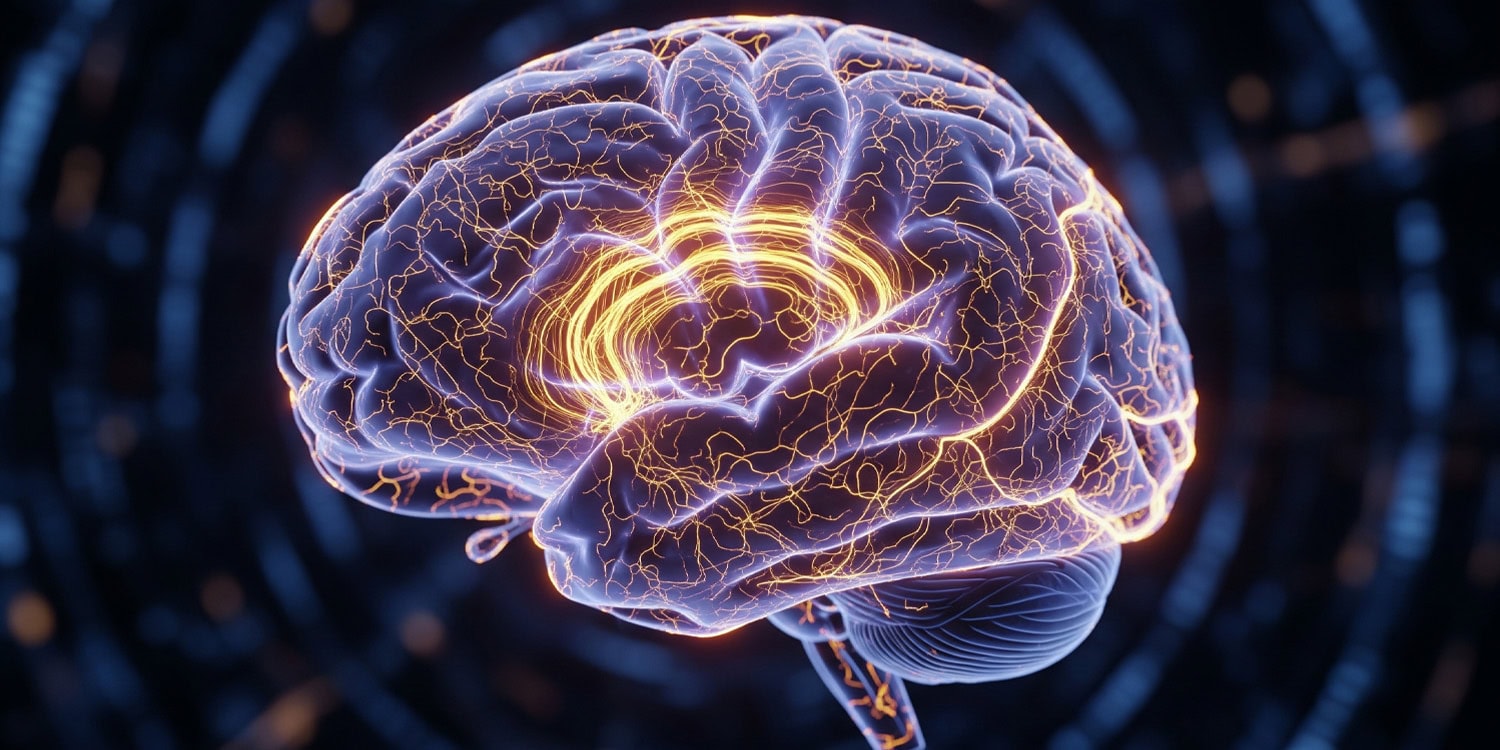“Major problem”: Ketamine fails to outperform placebo for treating severe depression in new clinical trial
A new clinical trial has found that adding repeated intravenous ketamine infusions to standard care for hospitalized patients with serious depression did not provide a significant additional benefit. The study, which compared ketamine to a psychoactive placebo, suggests that previous estimates of the drug’s effectiveness might have been influenced by patient and clinician expectations. These findings were published in the journal JAMA Psychiatry.
Ketamine, originally developed as an anesthetic, has gained attention over the past two decades for its ability to produce rapid antidepressant effects in individuals who have not responded to conventional treatments. Unlike standard antidepressants that can take weeks to work, a single infusion of ketamine can sometimes lift mood within hours. A significant drawback, however, is that these benefits are often short-lived, typically fading within a week.
This has led to the widespread practice of administering a series of infusions to sustain the positive effects. A central challenge in studying ketamine is its distinct psychological effects, such as feelings of dissociation or detachment from reality. When compared to an inactive placebo like a saline solution, it is very easy for participants and researchers to know who received the active drug, potentially creating strong expectancy effects that can inflate the perceived benefits.
To address this, the researchers designed their study to use an “active” placebo, a drug called midazolam, which is a sedative that produces noticeable effects of its own, making it a more rigorous comparison.
“Ketamine has attracted a lot of interest as a rapidly-acting antidepressant but it has short-lived effects. Therefore, its usefulness is quite limited. Despite this major limitation, ketamine is increasingly being adopted as an off-label treatment for depression, especially in the USA,” said study author Declan McLoughlin, a professor at Trinity College Dublin.
“We hypothesized that repeated ketamine infusions may have more sustained benefit. So far this has been evaluated in only a small number of trials. Another problem is that few ketamine trials have used an adequate control condition to mask the obvious dissociative effects of ketamine, e.g. altered consciousness and perceptions of oneself and one’s environment.”
“To try address some of these issues, we conducted an independent investigator-led randomized trial (KARMA-Dep 2) to evaluate antidepressant efficacy, safety, cost-effectiveness, and quality of life during and after serial ketamine infusions when compared to a psychoactive comparison drug midazolam. Trial participants were randomized to receive up to eight infusions of either ketamine or midazolam, given over four weeks, in addition to all other aspects of usual inpatient care.”
The trial, conducted at an academic hospital in Dublin, Ireland, aimed to see if adding twice-weekly ketamine infusions to the usual comprehensive care provided to inpatients could improve depression outcomes. Researchers enrolled adults who had been voluntarily admitted to the hospital for moderate to severe depression. These participants were already receiving a range of treatments, including medication, various forms of therapy, and psychoeducation programs.
In this randomized, double-blind study, 65 participants were assigned to one of two groups. One group received intravenous ketamine infusions twice a week for up to four weeks, while the other group received intravenous midazolam on the same schedule. The doses were calculated based on body weight. The double-blind design meant that neither the patients, the clinicians rating their symptoms, nor the main investigators knew who was receiving which substance. Only the anesthesiologist administering the infusion knew the assignment, ensuring patient safety without influencing the results.
The primary measure of success was the change in participants’ depression scores, assessed using a standard clinical tool called the Montgomery-Åsberg Depression Rating Scale. This assessment was conducted at the beginning of the study and again 24 hours after the final infusion. The researchers also tracked other outcomes, such as self-reported symptoms, rates of response and remission, cognitive function, side effects, and overall quality of life.
After analyzing the data from 62 participants who completed the treatment phase, the study found no statistically significant difference in the main outcome between the two groups. Although patients in both groups showed improvement in their depressive symptoms during their hospital stay, the group receiving ketamine did not fare significantly better than the group receiving midazolam. The average reduction in depression scores was only slightly larger in the ketamine group, a difference that was small and could have been due to chance.
Similarly, there were no significant advantages for ketamine on secondary measures, including self-reported depression symptoms, cognitive performance, or long-term quality of life. While the rate of remission from depression was slightly higher in the ketamine group (about 44 percent) compared to the midazolam group (30 percent), this difference was not statistically robust. The treatments were found to be generally safe, though ketamine produced more dissociative experiences during the infusion, while midazolam produced more sedation.
“We found no significant difference between the two groups on our primary outcome measure (i.e. depression severity assessed with the commonly used Montgomery-Åsberg Depression Rating Scale (MADRS)),” McLoughlin told PsyPost. “Nor did we find any difference between the two groups on any other secondary outcome or cost-effectiveness measure. Under rigorous clinical trial conditions, adjunctive ketamine provided no additional benefit to routine inpatient care during the initial treatment phase or the six-month follow-up period.”
A key finding emerged when the researchers checked how well the “blinding” had worked. They discovered that it was not very successful. From the very first infusion, the clinicians rating patient symptoms were able to guess with high accuracy who was receiving ketamine.
Patients in the ketamine group also became quite accurate at guessing their treatment over time. This functional unblinding complicates the interpretation of the results, as the small, nonsignificant trend favoring ketamine could be explained by the psychological effect of knowing one is receiving a treatment with a powerful reputation.
“Our initial hypothesis was that repeated ketamine infusions for people hospitalised with depression would improve mood outcomes,” McLoughlin said. “However, contrary to our hypothesis, we found this not to be the case. We suspect that functional unblinding (due to its obvious dissociative effects) has amplified the placebo effects of ketamine in previous trials. This is a major, often unacknowledged, problem with many recent trials in psychiatry evaluating ketamine, psychedelic, and brain stimulation therapies. Our trial highlights the importance of reporting the success, or lack thereof, of blinding in clinical trials.”
The study’s authors acknowledged some limitations. The research was unable to recruit its planned number of participants, partly due to logistical challenges created by the COVID-19 pandemic. This smaller sample size reduced the study’s statistical power, making it harder to detect a real, but modest, difference between the treatments if one existed. The primary limitation, however, remains the challenge of blinding.
The results from this trial suggest that when tested under more rigorous conditions, the antidepressant benefit of repeated ketamine infusions may be smaller than suggested by earlier studies that used inactive placebos. The researchers propose that expectations for both patients and clinicians may play a substantial role in ketamine’s perceived effects. This highlights the need to recalibrate expectations for ketamine in clinical practice and for more robustly designed trials in psychiatry.
Looking forward, the researchers emphasize the importance of reporting negative or null trial results to provide a balanced view of a treatment’s capabilities. They also expressed concern about a separate in the field: the promotion of ketamine as an equally effective alternative to electroconvulsive therapy, or ECT.
“Scrutiny of the scientific literature shows that this includes methodologically flawed trials and invalid meta-analyses,” McLoughlin said. “We discuss this in some detail in a Comment piece just published in Lancet Psychiatry. Unfortunately, such errors have been accepted as scientific evidence and are already creeping into international clinical guidelines. There is a thus a real risk of patients and clinicians being steered towards a less effective treatment, particularly for patients with severe, sometimes life-threatening, depression.”
The study, “Serial Ketamine Infusions as Adjunctive Therapy to Inpatient Care for Depression: The KARMA-Dep 2 Randomized Clinical Trial,” was authored by Ana Jelovac, Cathal McCaffrey, Masashi Terao, Enda Shanahan, Emma Whooley, Kelly McDonagh, Sarah McDonogh, Orlaith Loughran, Ellie Shackleton, Anna Igoe, Sarah Thompson, Enas Mohamed, Duyen Nguyen, Ciaran O’Neill, Cathal Walsh, and Declan M. McLoughlin.
